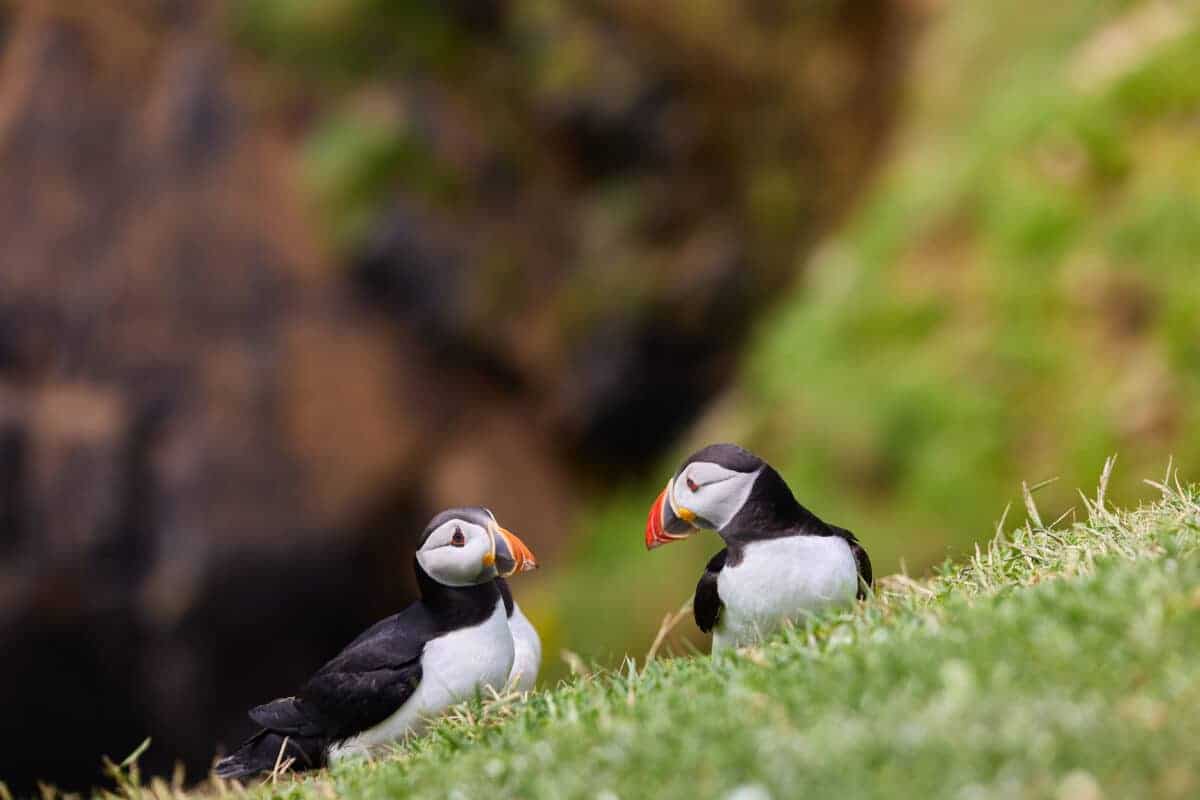Oystercatchers, with their striking black and white plumage and distinctive long orange bills, are fascinating coastal birds known for their monogamous and lifelong commitment to their mates. Spread across various coastal habitats around the world, these charismatic birds exhibit a remarkable array of behaviors, from their mating rituals to their dietary preferences and the challenges they face from predators.

One of the most endearing traits of oystercatchers is their tendency to mate for life. Once a pair forms a bond, it remains unbroken, and the two birds stay devoted to each other for the duration of their lives. This lifelong partnership is particularly crucial during the breeding season when both partners collaborate to build nests, incubate eggs, and care for their chicks. The deep emotional connection between oystercatcher mates contributes to the success of their reproductive efforts.
Oystercatchers are found in various coastal environments, ranging from sandy beaches and rocky shorelines to mudflats and estuaries. Their global distribution includes species like the American Oystercatcher (Haematopus palliatus) in the Americas, the Eurasian Oystercatcher (Haematopus ostralegus) in Europe and Asia, and the African Oystercatcher (Haematopus moquini) in southern Africa. This broad range allows them to exploit diverse food sources and adapt to different environmental conditions.

As primarily shorebirds, oystercatchers have developed specialized feeding habits. Their long, sturdy bills are perfectly adapted for prying open bivalve mollusks, such as mussels and oysters, which make up a significant portion of their diet. They use their bills to carefully probe and extract the mollusks from their shells, showcasing a remarkable level of precision and skill. Oystercatchers are also opportunistic feeders, consuming various marine invertebrates, small fish, and even crustaceans found along the shoreline.

Despite their resourcefulness, oystercatchers face challenges from natural predators. Gulls, crows, and birds of prey are known to raid oystercatcher nests, preying on eggs and chicks. Additionally, their nests, often mere scrapes in the sand or pebbles, are vulnerable to predation by mammals such as foxes and raccoons. The survival of oystercatcher offspring is dependent on the vigilance and protective behaviors exhibited by their parents.
While oystercatchers have evolved to cope with natural predators, human activities and habitat degradation pose additional threats. Coastal development, disturbance by beachgoers, and changes in climate and sea levels can disrupt their nesting and foraging grounds. Conservation efforts, such as protected areas and habitat restoration, play a crucial role in safeguarding these charismatic birds and ensuring the health of their coastal ecosystems.

Oystercatchers captivate us not only with their striking appearance and distinctive vocalizations but also with their commitment to monogamous relationships and cooperative parenting. Their ability to adapt to diverse coastal environments and specialized feeding techniques showcases the resilience of these coastal inhabitants. As we appreciate the beauty and behavior of oystercatchers, it is essential that we also work towards preserving their habitats and addressing the challenges they face to ensure that these iconic birds continue to grace our shores for generations to come.

Join our Forum for free today!

- Second American Killed by Elephant in Zambia This Year - July 22, 2024
- Elderly Man Kills Grizzly Bear in Montana - July 22, 2024
- Missing Cat Found Weeks Later, 40 Miles Away - July 21, 2024

